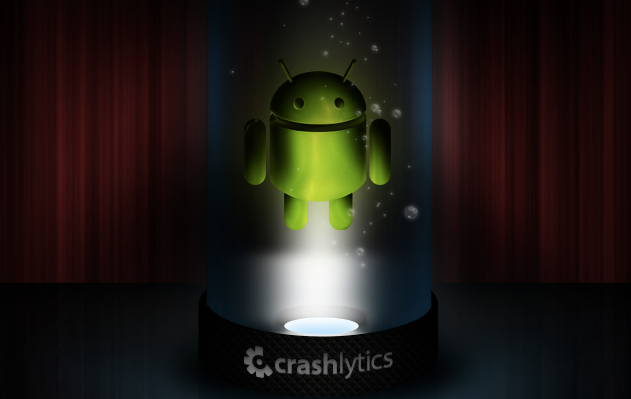
The company, which launched on iOS just over a year ago to “deobfuscate” application crashes, helps developers find what’s happening when their mobile apps freeze or unexpectedly quit. Besides Twitter, companies like Square, Kayak, Yelp, Path, and Yammer use Crashlytics.
[aditude-amp id="flyingcarpet" targeting='{"env":"staging","page_type":"article","post_id":747537,"post_type":"story","post_chan":"none","tags":null,"ai":false,"category":"none","all_categories":"business,cloud,dev,mobile,","session":"C"}']But Android is an even tougher beast to tame, the company says.
“It is nearly impossible for developers to fully test every edge-case and catch every bug before release; it’s even harder to find the root cause,” Crashalytics founder Wayne Chang posted on the company blog this morning.
AI Weekly
The must-read newsletter for AI and Big Data industry written by Khari Johnson, Kyle Wiggers, and Seth Colaner.
Included with VentureBeat Insider and VentureBeat VIP memberships.
That’s due to the massive growth of Android, Chang said, the sheer multiplicity of Android devices, and the complexity of crash reporting.
So the company built a full automated solution that logs application errors as well as crashes, reviews problems against your virgin code via a cloud-based service, integrates with your development environment (Eclipse, IntelliJ, and Android Studio), and offers condensed crash reporting.
All of that is for free, the company says, plus additional advanced features such as real-time reporting, advanced logging, and additional security.
Twitter bought the developer-oriented startup early in 2013 when its engineers found that they could not trace the origin of certain types of crashes — and could not reproduce them. Applying Crashlytics to the problem revealed that the crashes were on jailbroken devices, due to namespace collisions (when variables or classes have identical names, confusing apps).
As Twitter engineer Ben Sandofsky posted today:
[aditude-amp id="medium1" targeting='{"env":"staging","page_type":"article","post_id":747537,"post_type":"story","post_chan":"none","tags":null,"ai":false,"category":"none","all_categories":"business,cloud,dev,mobile,","session":"C"}']
Last year, our Twitter for iOS team –– Satoshi Nakagawa, Bob Cottrell, Zhen Ma and I –– started using Crashlytics as an internal crash reporting framework. It was clear their analysis was the best available, immediately catching crashes other frameworks missed. Their web front-end was far more mature than what we were building internally. We liked them so much, we welcomed them to the flock.
Image credit: Crashlytics; John Koetsier/VentureBeat
VentureBeat's mission is to be a digital town square for technical decision-makers to gain knowledge about transformative enterprise technology and transact. Learn More